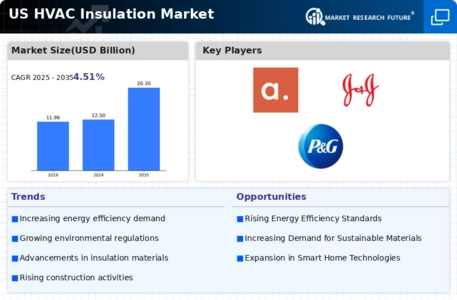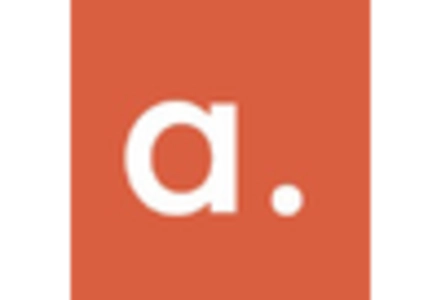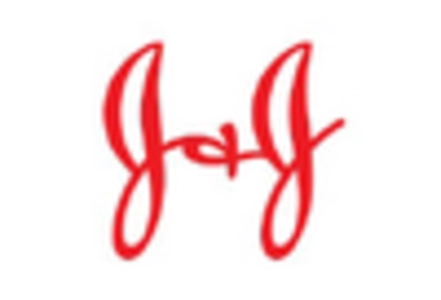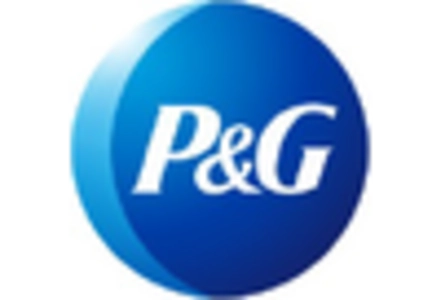Market Growth Projections
The Global US HVAC Insulation Market Industry is poised for substantial growth, with projections indicating a market value of 12.5 USD Billion in 2024 and an anticipated increase to 20.3 USD Billion by 2035. This growth trajectory reflects a compound annual growth rate (CAGR) of 4.51% from 2025 to 2035, driven by factors such as rising energy costs, regulatory support, and technological advancements. The market dynamics suggest a robust response to the increasing demand for energy-efficient insulation solutions, positioning the industry for continued expansion in the coming years.
Regulatory Support and Standards
Regulatory frameworks play a pivotal role in shaping the Global US HVAC Insulation Market Industry. Government initiatives aimed at reducing carbon emissions and promoting sustainable building practices are driving the adoption of advanced insulation materials. For instance, the implementation of stricter building codes and energy efficiency standards encourages the use of high-quality insulation products. These regulations not only enhance the performance of HVAC systems but also align with national goals for energy conservation. As a result, the market is expected to grow significantly, with a projected value of 20.3 USD Billion by 2035, indicating a robust response to regulatory pressures.
Consumer Awareness and Preferences
Consumer awareness regarding the benefits of proper HVAC insulation is steadily increasing, influencing the Global US HVAC Insulation Market Industry. Homeowners and businesses are becoming more informed about the impact of insulation on energy efficiency and indoor air quality. This heightened awareness is driving demand for insulation products that not only provide thermal resistance but also contribute to healthier living environments. As consumers prioritize sustainability and energy savings, the market is expected to evolve, with a projected value of 20.3 USD Billion by 2035. This shift in consumer preferences underscores the importance of effective marketing and education in the insulation sector.
Increasing Construction Activities
The resurgence of construction activities across the United States significantly impacts the Global US HVAC Insulation Market Industry. With urbanization and population growth driving new residential and commercial developments, the demand for effective HVAC insulation is on the rise. Builders and contractors are increasingly prioritizing insulation solutions that enhance energy efficiency and indoor comfort. This trend is evident in the projected market growth, with an anticipated value of 12.5 USD Billion in 2024. As construction projects continue to proliferate, the need for high-quality insulation materials will likely remain a key focus for industry stakeholders.
Growing Demand for Energy Efficiency
The Global US HVAC Insulation Market Industry is witnessing a notable surge in demand for energy-efficient solutions. As energy costs continue to rise, consumers and businesses are increasingly seeking insulation materials that enhance energy conservation. This trend is reflected in the projected market value of 12.5 USD Billion in 2024, driven by the need to reduce heating and cooling costs. Energy-efficient insulation not only lowers utility bills but also contributes to environmental sustainability. The emphasis on energy efficiency is further supported by government regulations and incentives aimed at promoting the use of high-performance insulation materials.
Technological Advancements in Insulation Materials
Innovations in insulation technology are transforming the Global US HVAC Insulation Market Industry. The development of advanced materials, such as aerogels and reflective insulation, offers superior thermal performance and moisture resistance. These technological advancements enable HVAC systems to operate more efficiently, thereby reducing energy consumption. As consumers become more aware of the benefits of these innovative materials, demand is likely to increase. The market's growth trajectory is further supported by a compound annual growth rate (CAGR) of 4.51% projected from 2025 to 2035, reflecting the potential for continued innovation and adoption of cutting-edge insulation solutions.














Leave a Comment